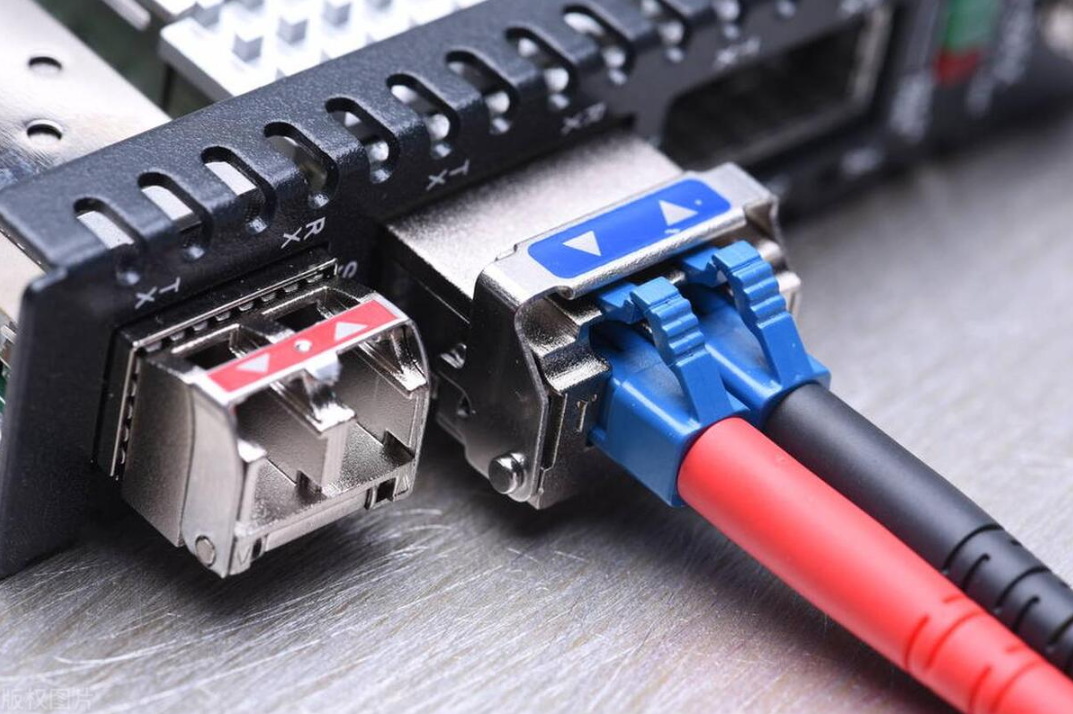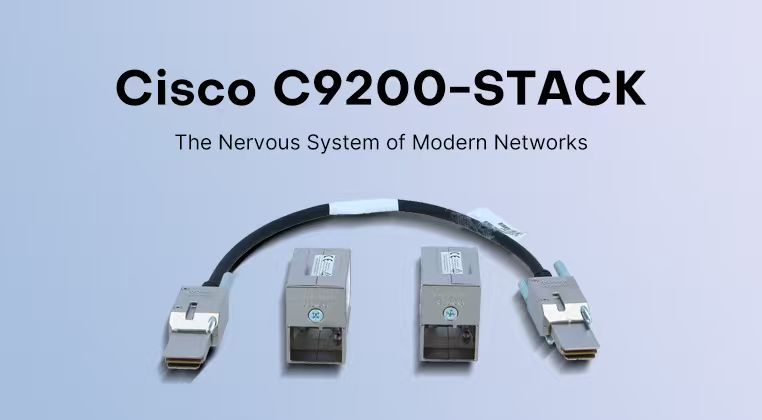














SFP (Small Form-factor Pluggable) ports are a hot-swappable interface standard that can be replaced and installed without affecting the normal operation of the equipment, and are commonly used for high-speed data communications and network connections.
SFP modules can be connected to fiber optic or copper cables, enabling network equipment to flexibly support different types and distances of network transmission. It is widely used in switches, routers, servers and other equipment, and is an integral part of modern data centers and enterprise networks.

The SFP port was born in 2001 and has caused a major change in networking. Because of its smaller size and greater flexibility, the SFP port has replaced the much larger GBIC (Gigabit Interface Converter) module and has become one of the most important components of modern networks.
It supports a wide range of transmission rates, typically including 100 Mbps, 1 Gbps and 10 Gbps. Newer standards such as SFP+ can support rates up to 10 Gbps, while more advanced modules such as QSFP (Quad Small Form-factor Pluggable) can support rates up to 40 Gbps or even 100 Gbps.
In addition to this, SFP ports have superior transmission capabilities and can support transmission distances ranging from a few meters to hundreds of kilometers.
In addition, it has a high degree of flexibility, can be replaced according to the need for different types of modules to adapt to different network requirements. For example, RJ45 is used for copper connection, SX is used for short distance multi-mode fiber, LX is used for long distance single-mode fiber and so on.
From the transmission level, SFP ports are mainly used to transmit data between switches and other network devices. Some well-known brand switches such as Cisco and Huawei, Dell, etc. are inseparable from the use of SFP ports.
| Column table of switches that support SFP interfaces | |
| Brand | Model |
| Cisco | Cisco Catalyst 2960 Series, Cisco Catalyst 3560 Series, Cisco Catalyst 3850 Series, Cisco Catalyst 4500 Series |
| Huawei | Huawei S5720 Series, Huawei S5700 Series, Huawei S6700 Series, Huawei S9300 Series |
| Dell | Dell Networking X-Series, Dell Networking N-Series, Dell PowerConnect 2800 Series, Dell PowerConnect 5500 Series |
| HPE | HPE OfficeConnect 1920S Series, HPE ProCurve 2520 Series, HPE FlexNetwork 5130 Series, HPE Aruba 2930F Series |
In terms of transmission distance, SFP modules are divided into three types: multimode fiber (MMF) SFP modules, single-mode fiber (SMF) SFP modules, and copper SFP modules.
Among them, among the multimode fiber SFP modules, the maximum transmission distance of 1000BASE-SX is from 550 meters to about 2,000 meters, and the maximum transmission distance of 10GBASE-SR is usually in the range of 100 meters to 300 meters.
In single-mode fiber SFP modules, the maximum transmission distance of 1000BASE-LX is usually in the range of 5 km; the maximum transmission distance of 10GBASE-LR is usually in the range of 10 km; and the maximum transmission distance of 40GBASE-LR4 and 100GBASE-LR4 can reach 10 km.
In copper SFP modules, the maximum transmission distance for 1000BASE-T is typically 100 meters; the maximum transmission distance for 10GBASE-T is typically 30 meters to 100 meters.
These values are approximate estimates, and the actual transmission distance is likely to be affected by a variety of factors such as signal attenuation, signal distortion, or poor connection quality.
Therefore, we should consider the transmission distance, topology structure and other performance requirements when planning network construction to ensure that we can select the appropriate SFP module.
As SFP modules have better flexibility and reliability, they are often widely used in the following scenarios:
Data centers: In data centers, SFP ports are used for high-density, high-speed network connections. By using different types of SFP modules, data centers have the flexibility to achieve efficient connections between servers, storage devices, and switches.
Enterprise Networks: In enterprise networks, SFP ports are used for connections between core switches, aggregation switches, and access switches, providing a high-bandwidth, low-latency network environment.
Telecom Network: In telecom networks, SFP ports are used for connections between various transmission devices, supporting long-distance, high-speed data transmission and meeting telecom-grade network requirements.
Fiber to the Home (FTTH): In Fiber to the Home (FTTH) deployments, SFP ports are used in fiber optic access devices to provide high-speed Internet access services.
Overall, SFP ports are a key interface standard in modern network equipment, featuring high performance, flexibility and reliability.
It is widely used in data centers, enterprise networks, telecommunication networks and FTTH scenarios, providing efficient and stable connectivity solutions for various network environments.
By flexibly replacing different types of SFP modules, network administrators can easily respond to different network needs and upgrade requirements, thus realizing network scalability and maintainability.




